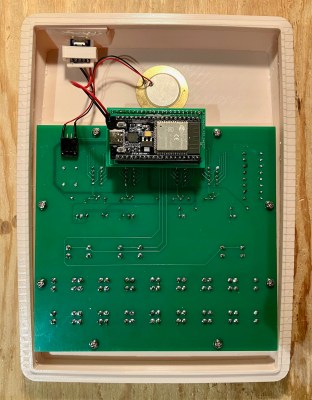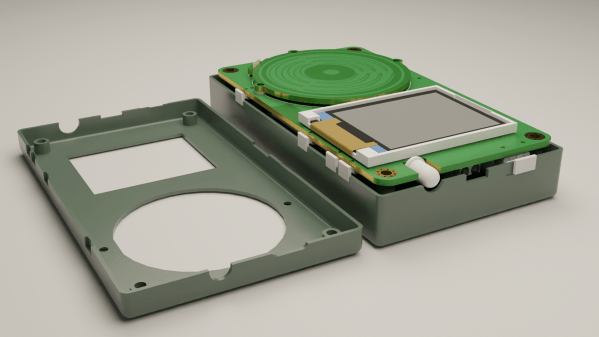Every now and then, a commercial product aims to help you in your life journey, in a novel way, making your life better through its presence. Over the years, I’ve been disappointed by such products far more often than I have been reassured, seeing each one of them rendered unimaginative and purposeless sometimes even despite the creator’s best intentions. The pressures of a commercial market will choke you out without remorse, metal fingers firmly placed on your neck, tightening with every move that doesn’t promise profit, and letting money cloud your project’s vision. I believe that real answers can only come from within hacker communities, and as we explore, you might come to see it the same way.
This is the tip of the iceberg of a decade-long project that I hope to demonstrate in a year or two. I’d like to start talking about that project now, since it’s pretty extensive; the overall goal is about using computers to help with human condition, on a personal level. There’s a lot of talk about computers integrating into our lives – even more if you dare consult old sci-fi, much of my inspiration.
Tackling a gigantic problem often means cutting it down into smaller chunks, though, so here’s a small sub-problem I’ve been working on, for years now, on and off: Can you use computers to modify your sense of time?



















